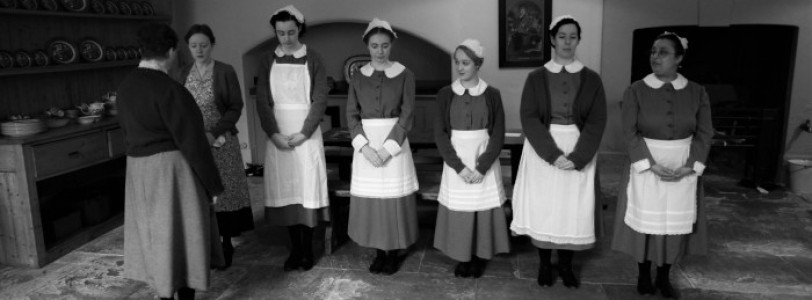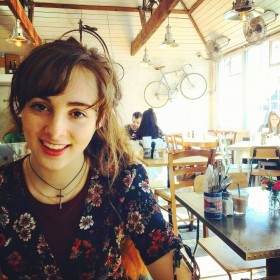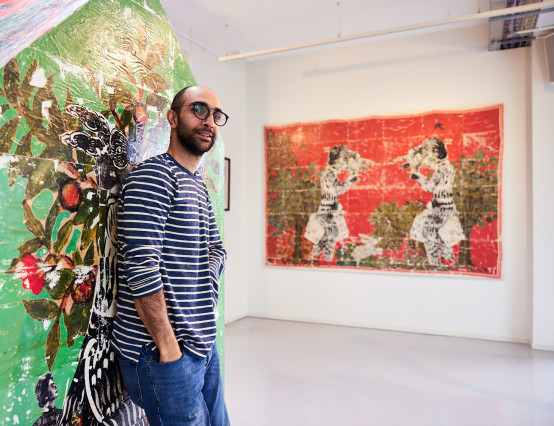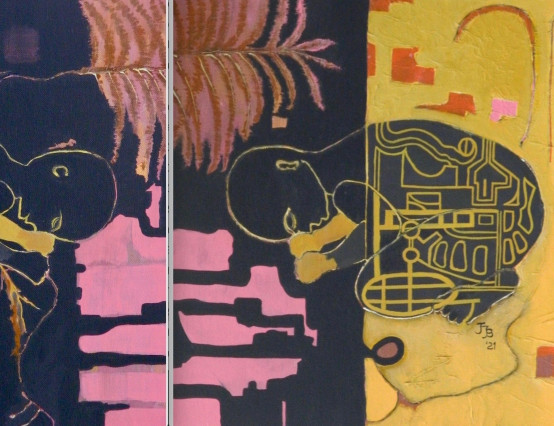Is it an art form? Well, yes and no. Costumed historical interpretation is all about engaging the public with a specific era in time, and making it fun for everyone. Cheesy I know, but Living History is just as much about performance as it is about period detail. Whether it's re-enacting the Battle of Waterloo, learning how cavemen used to hunt or, in this case, observing domestic servants carrying out their daily duties.
Ickworth House
Time travel isn't possible. I desperately wish it was. Who wouldn't love to watch a Roman Gladiator fight, or whirl across a Georgian ballroom, or see the Bright Young Things flap around London? Well, Living History is the next best thing.
Ickworth House is a National Trust property settled amongst the green fields of Suffolk. The grand rotunda stands imposing over intricate Italianate gardens whilst two impressive wings stretch out luxuriously, occupying a span wider than Buckingham Palace.
However, this isn't any stately home. No – with a rich history stretching back centuries, visitors can see Ickworth come alive each month with the hustle of re-enactors padding through the corridors, ascending the stone staircase, going about their daily lives as servants from the past.
What was life like in 1935?
You can find out! Historical interpretation allows visitors to step back in time and experience a whole other era. The public can observe the servants as they carry out their chores, giggle over a piece of gossip travelling from one end of the basement to the other. You might see Jim the odd-job man filching cakes from the flustered cooks as they endeavour to prepare another feast for Lord and Lady Bristol. Mrs Seddons is forever looking out for the mischievous housemaids who linger too long on the stone steps, whispering and giggling. The lady's maids perch sipping their tea and mending gowns, always just one bell-ring away from another climb up to their mistress.
From a re-enactor's perspective, being part of these events and creating a fictional character to inhabit is an exceptional experience and I don't think there's one quite like it. To me, Living History is a unique art form all about merging performance skills with the creative opportunity to develop your own 1930s persona.
Dr Eleanor Betts, also a re-enactor at Ickworth, remarks:
"Living History events offer both actors and visitors alike with a rare opportunity – when else can you travel...in the footsteps of the past? I find it fascinating how easily we pick up 1930s characteristics, echo the emotions and feelings of real life servants who used to work in the house just by donning an apron and brandishing a broom."
Perfect for Gold
Fancy trying something just a bit different to complete the Work Experience section for your Gold Arts Award? There are hundreds of Living History societies around the country, and if history is one of your passions alongside art then why not give it a try?
Volunteering gives you an invaluable chance to try new arts activities and offer something to your community. And if you can time travel at the same time…Perfect.
Ickworth Lives blog
If acting is not your scene, you could combine historical interpretation with your creative side and write a blog. The Ickworth Lives blog gives the reader a chance to step into the mind of a 1930s domestic servant.
You will meet: Rose Bailey, a local Suffolk girl and housemaid who has great ambitions. Also, the hall-boy John Mayhew, forever polishing shoes, loves trekking the estate for wildlife on his days off. You can also meet Thomas Brown grew up in France and came to England to become a footman, and spends his days waiting on the gentry. Finally, Arianna Blackburn's diary is full of flushed cheeks in the kitchen and mountains of washing up.
Read more about the work the Ickworth does, as well as tips on how to get properly into the historical interpretations on the Ickworth Lives blog.
Betts sums up historical interpretation perfectly: "Living History brings history to life – there are few places where you can see, hear, smell and taste history. What an experience!"









Always great to see art & history combined!